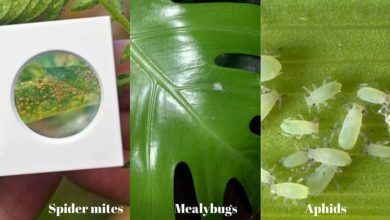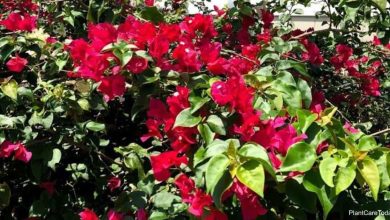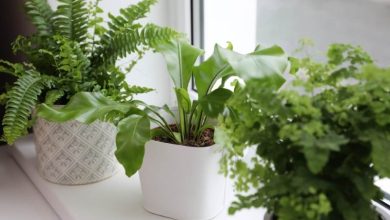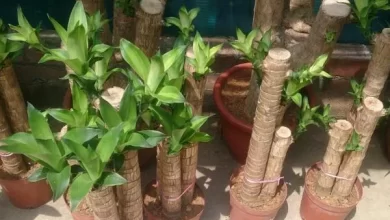Growing Rosemary in a Pot or in the Garden: Complete Guide
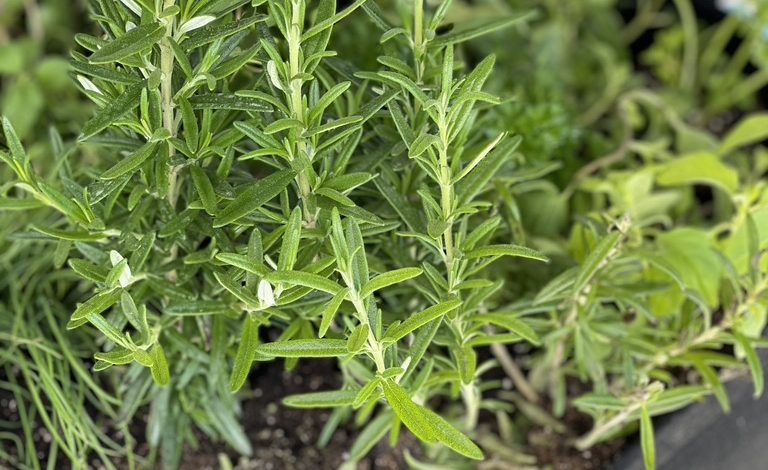
Rosemary is an aromatic plant widely used in the kitchen, but also growing rosemary is very useful in the garden as it attracts beneficial insects and helps repel pests, later we will see why. Rosemary can be grown all year round and is a low-maintenance plant, so this aromatic can be a good choice for garden beginners who want to start with easy-to-grow plants.
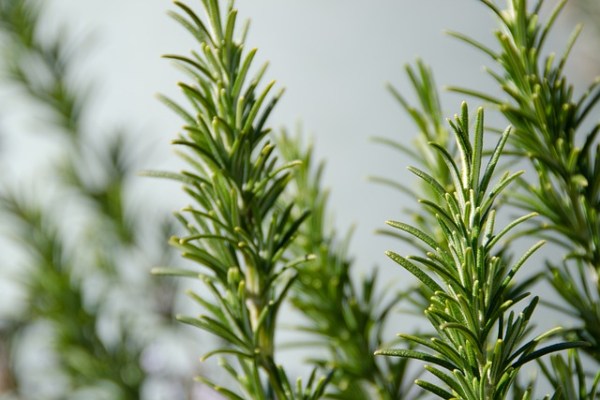
As we saw in the post on Aromatic herbs for cooking, there are many advantages to growing aromatic herbs at home. In general, it is quite easy and they can also be grown in pots (you can have a potted herb garden on your balcony, patio or terrace, and many of them also grow indoors).
Benefits of growing rosemary in the garden
Rosemary attracts beneficial insects
Rosemary, like many other herbs and flowers in the garden, is very useful because it attracts beneficial insects: pollinators (such as bees).
Having pollinators is very important in the orchard to achieve the maximum production of the plants. The bees settle on the different flowers, depositing the pollen of some on the pistils of others, and making the fertilization that produces the growth of the fruits easier.
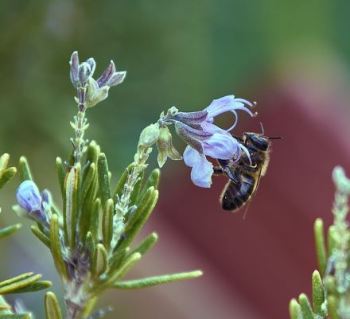
Pollinators are very important, especially for cucurbits such as zucchini, and for many other plants that require external pollination. In those species, each plant is of a different sex so the pollen must be carried. If you suspect that there are not many bees or pollinating insects in the orchard, and you have, for example, zucchini, you should carry out the «transfer» of pollen from one flower to another with a stick…
The presence of pollinators such as bees is very important in the orchard. It is so important that in many places they build a house or shelter for them to live in the garden, as we saw in the post « Raising beneficial insects, the home of insects «.
Rosemary gives off a strong scent that attracts bees, so it will be very useful in the garden or in the flowerpot to favor the presence of these beneficial insects.
Repel harmful insects with rosemary
You can spray preparations with rosemary to repel fleas and ticks.The smell of rosemary is also not pleasant for some insect pests, and we can take this into account for association crops in the garden.
The association of crops is one of the most used techniques in organic farming. It consists of strategically placing nearby plants due to their compatibility or benefits over each other. An example is rosemary which, thanks to its smell, repels some garden pests, such as THRIPS. Therefore, a good association of rosemary is with plants attacked by pests that it can repel, for example:
- Rosemary with CARROTS. Useful association because rosemary repels the carrot fly and thrips, typical pests of this crop.
- Rosemary with BEANS. The smell of rosemary does not like the plague of the Chrysomela of the bean.
How to grow rosemary in a pot: planting, requirements and care
Rosemary, like all plants, has seeds that can be sown, although it is best to plant an already grown rosemary plant (it is easy to find at any florist, nursery or garden store).
Also, better than planting new plants, it is to reproduce rosemary by cuttings. As long as the plant is more than a year and a half or two years old, you can cut its lower branches (10-15 cm twigs), plant them in the ground or pot and another rosemary plant will grow from that twig.
Cuttings for planting new plants should be cut and planted in the new spot in early spring.
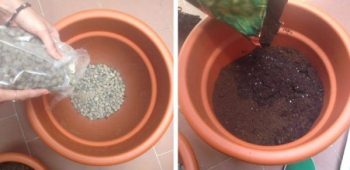
It can be grown all year round, even in pots. All you need is a container about 20 cm deep and well drained. (In the post on Growing aromatics step by step we saw how to prepare the containers for transplanting, steps 5 and 6 which are the same in the case of rosemary).
Pests and diseases of rosemary
Rosemary is a fairly «hard» plant, which does not need much care, as it needs little irrigation (no irrigation in regions and times of the year where it rains from time to time) and it is not too affected by pests and diseases. The most common are diseases caused by fungi, which must be prevented by avoiding excess moisture in the leaves and in the soil. It is not very demanding in nutrients either, in fact a highly fertilized soil can be harmful.
References
- Hernandez, M., Sotomayor, J., Hernandez, A., Jordan, M. (2017). Chapter 77 – Rosemary (Rosmarinus officinalis L.) Oils. Editor(s): Victor R. Preedy, Essential Oils in Food Preservation, Flavor and Safety, Academic Press, 677-688.
- Okamura, N., Haraguchi, H., Hashimoto, K., Yagi, A. (1994). Flavonoids in Rosmarinus officinalis leaves, Phytochemistry, 37(5),1463-1466.
- Elliott, N.C., Kieckhefer, R.W., Beck, D. (2000).Adult Coccinellid Activity and Predation on Aphids in Spring Cereals. Biological Control, 173, 218–226.
I encourage you, especially if you are just starting out with potted plants or easy-to-grow plants, to encourage yourself with this aromatic and you will see how growing rosemary is easy and very rewarding. It is a plant that can last several years in the garden and always has twigs available to cut and use in the kitchen. In addition, you can use it for infusions and also for health-promoting remedies or preparations made with rosemary.
I hope you have enjoyed this post on how to grow rosemary and that you have discovered new things about this beneficial aromatic.
If you have advice or experiences on how to grow rosemary in pots or in the garden, do not hesitate to leave your contributions in the comment thread below!

